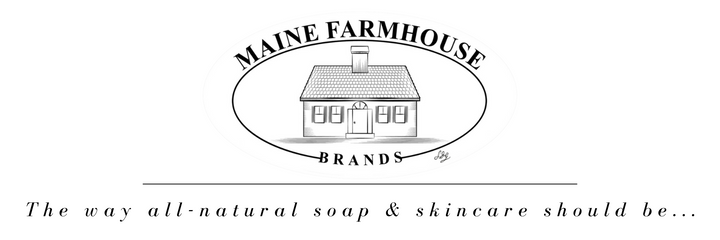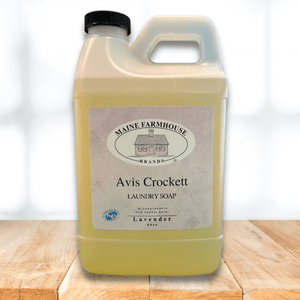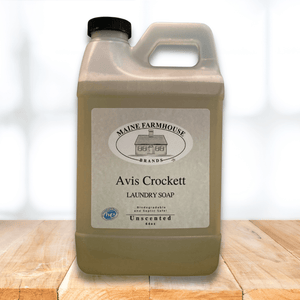Dec 31, 2024
New York Bans Laundry Detergents Containing 1,4-Dioxane
Understanding the Health, Environmental, and Industry Impacts of the State’s Bold Move
Introduction
New York State has taken a significant step in consumer and environmental protection by banning laundry detergents containing 1,4-dioxane, a probable carcinogen. This landmark regulation, the first of its kind in the U.S., seeks to address health risks and environmental contamination caused by this chemical. The ban not only affects manufacturers but also serves as a wake-up call for other states to reevaluate their policies on hazardous substances in everyday products.
“This legislation marks a turning point in consumer safety and environmental stewardship, setting a new standard for the nation.”—Environmental Advocacy Group
What is 1,4-Dioxane?
1,4-Dioxane is a synthetic chemical byproduct commonly found in detergents, shampoos, and other household items. While not intentionally added, it forms during manufacturing processes involving ethoxylation.
Health Risks
Classified as a probable human carcinogen, 1,4-dioxane has been linked to liver and kidney damage. Chronic exposure, even in trace amounts, raises significant public health concerns.
Environmental Impact
The chemical’s persistence in the environment makes it a major pollutant. Once introduced into water sources, it resists natural degradation, contaminating ecosystems and drinking water supplies.
Details of the Ban
The New York legislation sets stringent limits on 1,4-dioxane concentrations in household cleaning products:
- Initial Limit: Products must contain no more than 2 ppm of 1,4-dioxane as of January 2022.
- Further Reduction: The threshold tightened to 1 ppm in December 2023.
- Compliance Requirements: Manufacturers must test and certify their products to ensure they meet these standards.
Consumer Impacts
1. Safer Products
By eliminating 1,4-dioxane, the ban ensures safer household products, reducing long-term health risks for consumers.
2. Higher Awareness
The regulation encourages consumers to read labels more closely and demand greater transparency from brands.
3. Potential Price Increases
Manufacturers may pass the costs of reformulation and compliance testing to consumers, leading to higher product prices.
4. Limited Availability
During the transition, some brands may temporarily withdraw non-compliant products, resulting in fewer choices for consumers.
Challenges for Manufacturers
1. Reformulation
Reformulating products to exclude 1,4-dioxane requires significant research and investment, potentially affecting product quality or performance.
2. Supply Chain Adjustments
Ensuring compliance may necessitate changes in raw material sourcing, increasing production costs and complexity.
3. Testing and Documentation
Manufacturers must conduct regular testing and maintain detailed records to demonstrate compliance with the new regulations.
“Adapting to New York’s stringent standards will be challenging but essential for the industry’s future.”—Industry Analyst
Environmental Benefits
Reducing 1,4-dioxane in household products has far-reaching environmental benefits:
- Cleaner Water Sources: The ban will significantly reduce chemical contamination in lakes, rivers, and groundwater.
- Eco-Friendly Practices: Encourages manufacturers to adopt sustainable production methods, setting a positive example for other industries.
Broader Implications
1. National Influence
New York’s decision could inspire similar measures in other states, potentially leading to federal regulations on 1,4-dioxane.
2. Market Transformation
The ban is accelerating a shift toward safer, more sustainable products, benefiting consumers and the environment alike.
3. Empowered Consumers
By demanding transparency and accountability, consumers are driving meaningful change in the industry.
Conclusion
New York’s 1,4-dioxane ban is a bold move that prioritizes health and environmental safety. While it presents challenges for manufacturers, the long-term benefits of safer products and cleaner ecosystems far outweigh the short-term difficulties. This landmark regulation is a call to action for other states and industries to follow suit, ensuring a safer and more sustainable future for all.
“This regulation is a victory for public health and environmental advocacy, paving the way for a cleaner, safer tomorrow.”—Environmental Health Organization







